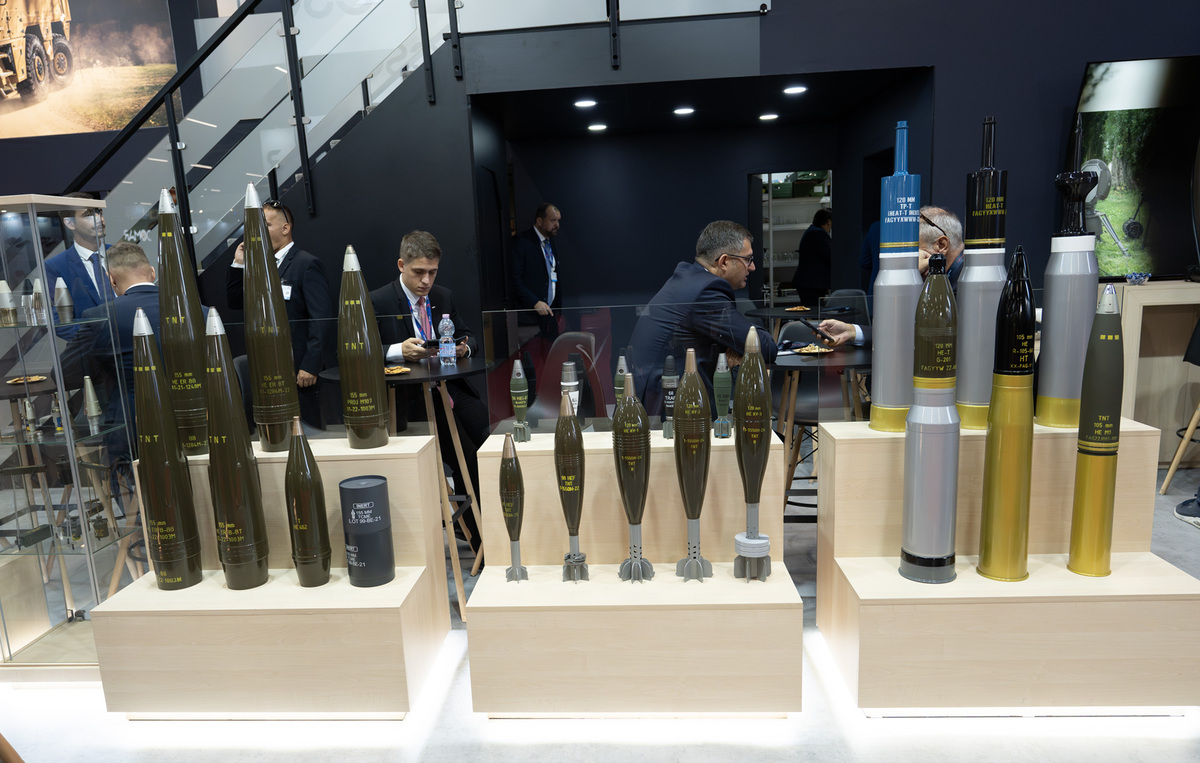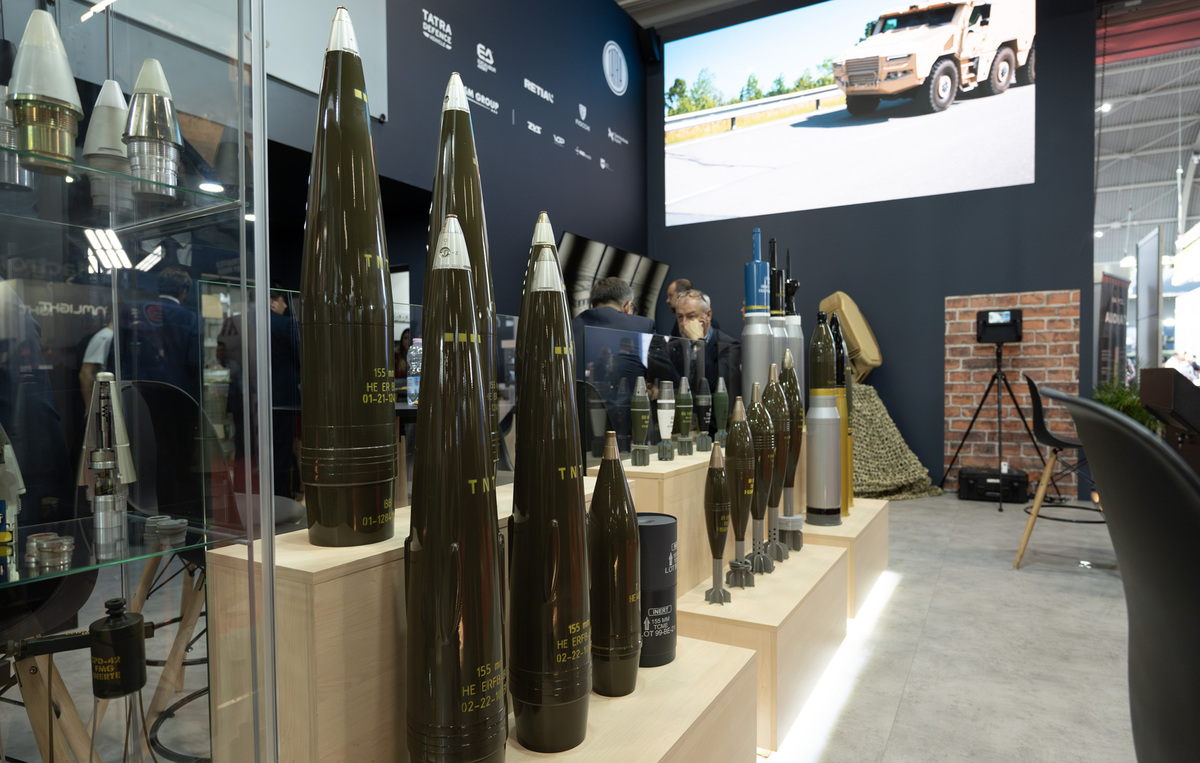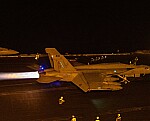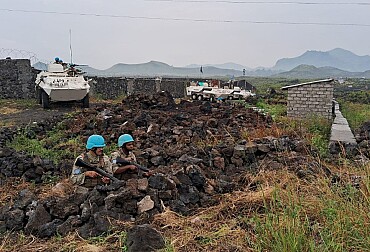MSPO Kielce 2024: MSM Group ammunition
At the recent MSPO 2024 International Defence Industry Exhibition in Kielce, Poland, we reached out to a select group of companies to learn about their current and future projects. Among these companies was the Slovak holding MSM Group, which is part of the Czechoslovak Group and focuses on the production of large-calibre ammunition.
Video: MSPO Kielce 2024: MSM Group ammunition / DEFENCE MAGAZINE
Various types of 120 mm and 105 mm calibre tank ammunition, which are standard in all modern NATO battle tanks, including 155 mm calibre NATO artillery ammunition, were on display in Kielce as part of the MSM Group's portfolio presentation. MSM Group is able to cover the entire ammunition lifecycle, from development and production to modernization, life extension, and environmental disposal.
Tank Ammunition
In the field of tank ammunition, the MSM Group offers a range of cartridges in 105 mm, 120 mm, and 125 mm calibres. A wide range of 105 mm tank ammunition is used for both training and operational purposes. These cartridges are designed to be fired from all weapons included in STANAG 4458. All 120 mm cartridges use a conventional combustible case, which is the primary reason for the ammunition's excellent internal ballistic performance. The 125 mm ammunition is designed for 125 mm smoothbore guns D-81 (2A46) and their modifications, typically used as the main tank guns on T-72, T-80, and T-90 tanks.

Artillery Ammunition
MSM Group offers a complete portfolio of artillery ammunition, including training rounds. The core products include 155 mm calibre ammunition, which is compatible with all 155 mm weapon systems and howitzers worldwide. Even at a maximum range of 43 km, it retains the effectiveness and accuracy needed to hit the target. All of their 155 mm ammunition is supplied with point-detonating fuzes of their own design – the KZ 984. Projectiles can be supplied with a wide variety of powder charges depending on customer requirements, including older “textile bag” charges like M3A1, M4A2, M119, and M203, as well as modern Bi-Modular charge systems.
Mortar Ammo Families
The MSM Group's portfolio includes mortar bombs in 60 mm, 98 mm, 81 mm, and 120 mm calibres. The 60 mm mortar bombs are designed to defeat lightly armoured targets, machine gun nests, field fortifications, and infantry units in trenches or hidden behind natural obstacles, particularly in mountainous and wooded terrains. The 60 mm NATO-standard mortar bombs are intended for fire from the 60 mm Ultralight Commando Mortar and the 60 mm LR mortar. The 81 mm and 98 mm HE mortar ammunition were developed in conjunction with the Slovak MOD, while the 120 mm mortar ammunition was developed in the former Czechoslovakia. All HE mortar ammunition uses a high explosive charge of Hexotol to increase the blast and fragmentation effect compared to TNT charges. All shells utilize the MZ-95M or MZ-81M fuzes, developed in Slovakia according to NATO standard requirements.

Ammo Components
At MSPO, we also saw various ammunition components at the MSM Group stand. The company offers impact fuzes of its own design – the KZ 984, which is designed for 155 mm calibre cartridges and safety tested according to STANAG 4157. The MZ-95M fuze was designed for 81 mm, 98 mm, and 120 mm mortar bombs. The initiator is used to ignite powder charges and is triggered by percussion at the base of the primer. The KV-4 fuze screw is used to initiate the powder charge in the cartridge and is designed for 100 mm, 122 mm, and 152 mm calibre cartridges. The Primer Sleeve GUV-7 is intended to ignite the propellant charges under high pressure in tank ammunition for electrically triggered systems. It is activated upon impact or when exposed to voltage.










